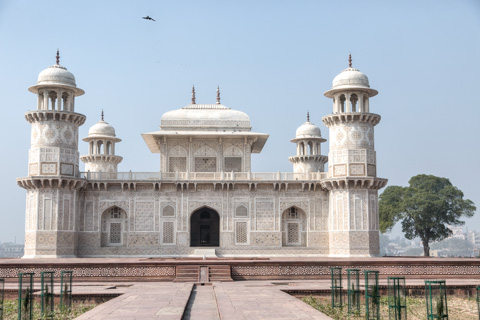
This beautiful building is a Mughal mausoleum. Sometimes called the "Baby Taj", the tomb of I'timad-ud-Daulah is often regarded as a draft of the Taj Mahal.
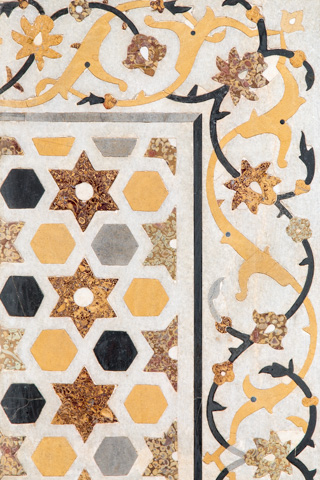
The walls are made up of white marble from Rajasthan encrusted with semi-precious stone decorations - carnelian, jasper, lapis lazuli, onyx, and topaz formed into images of cypress trees and wine bottles, or more elaborate decorations like cut fruit or vases containing bouquets. Many consider the interior decoration to have inspired that of the Taj Mahal, which was built by her stepson, Mughal emperor Shah Jahan.
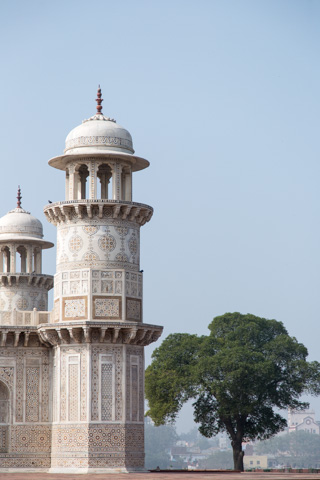
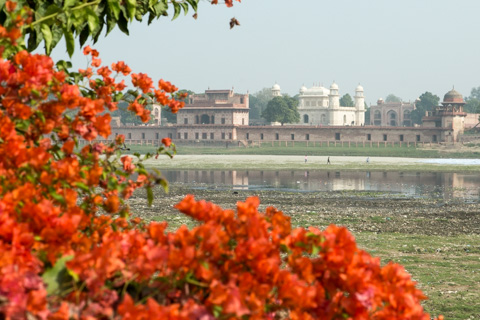
The mausoleum is set in a large cruciform garden crisscrossed by water courses and walkways. The mausoleum itself covers about twenty-three meters square and is built on a base about fifty meters square and about one meter high. On each corner are hexagonal towers, about thirteen meters tall.

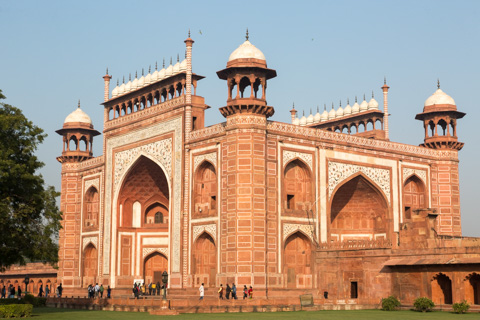
The gate leads to an inner courtyard as do the other two gates. Then visitors proceed through this inner gate.
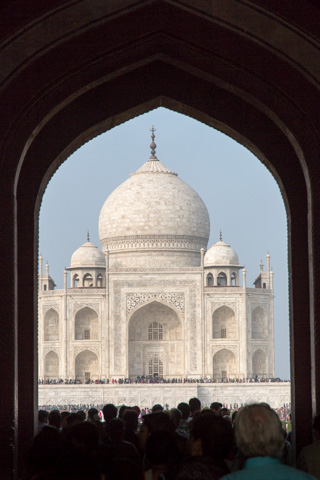
The Taj Mahal (Crown of Palaces) is a white marble mausoleum. It was commissioned in 1632 by the Mughal emperor, Shah Jahan (reigned 1628-1658), to house the tomb of his favourite wife, Mumtaz Mahal. The tomb is the centerpiece of a 42-acre complex, which includes a mosque and a guest house, and is set in formal gardens bounded on three sides by a fortified wall.
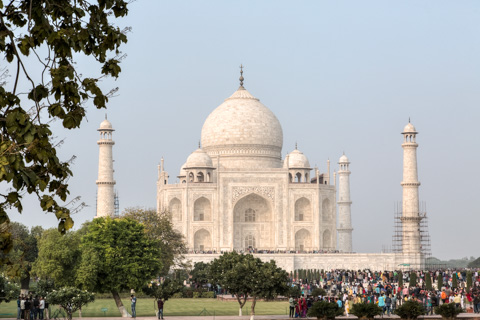
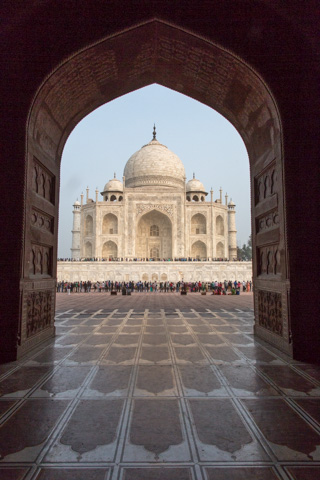
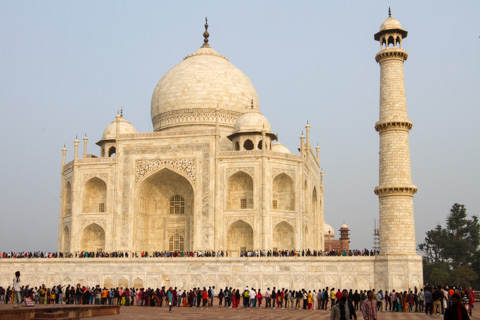

The Taj Mahal attracts a large number of tourists. UNESCO documented more than two million visitors in 2001, which increased to about eight million in 2014. A two-tier pricing system is in place, with a significantly lower entrance fee for Indian citizens and a more expensive one for foreigners.
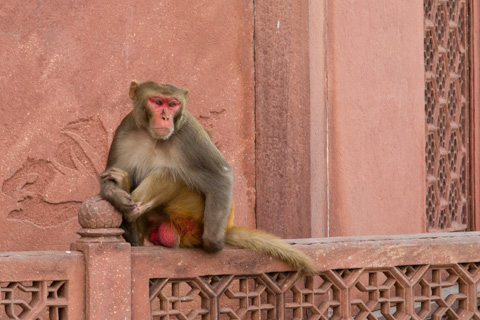
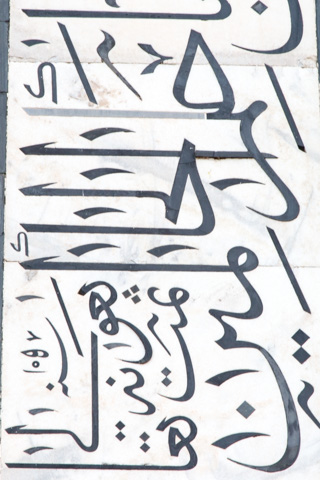
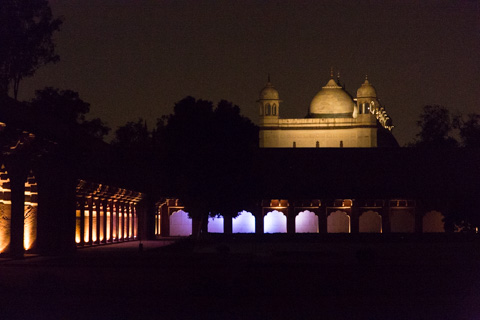
A courtyard of the fort illuminated with the Moti Masjid mosque in the background.
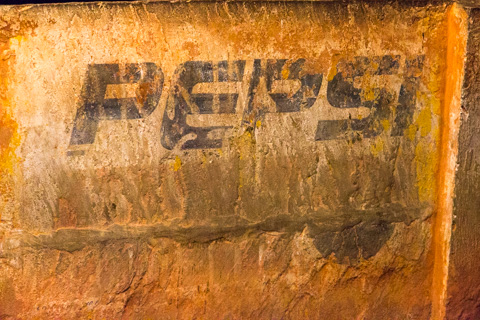
End of a long day with a nice dinner at the Trident Hotel.